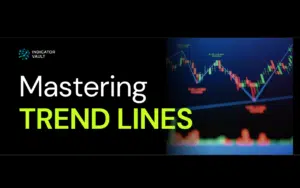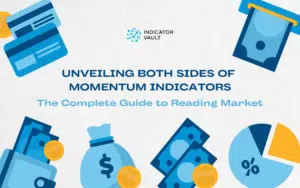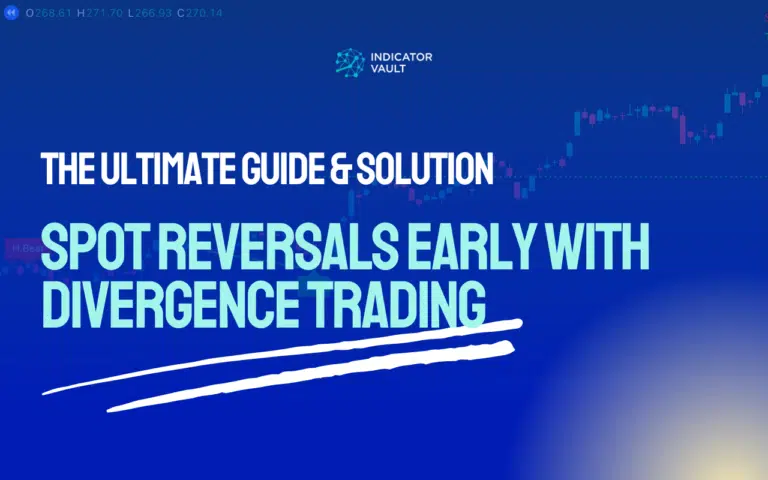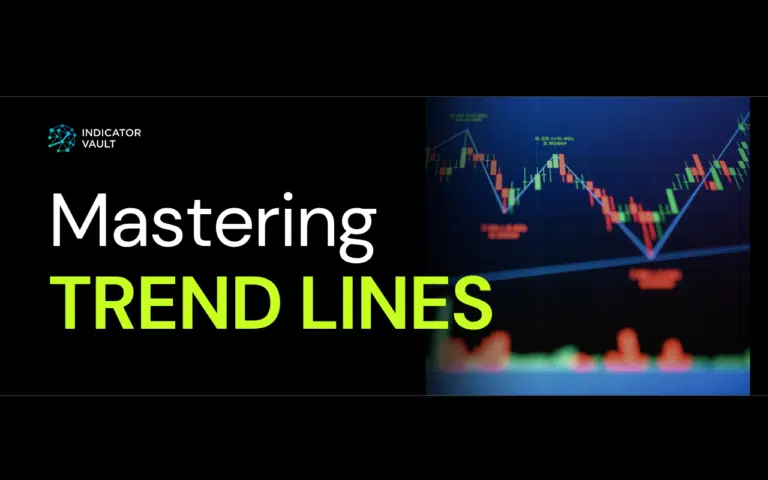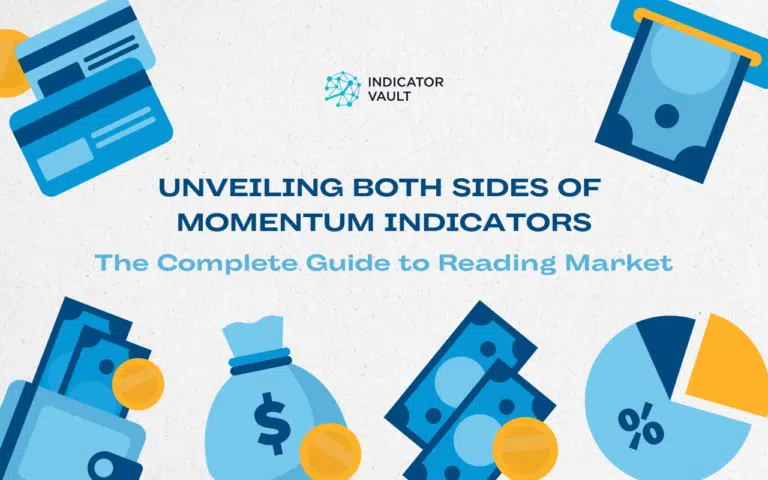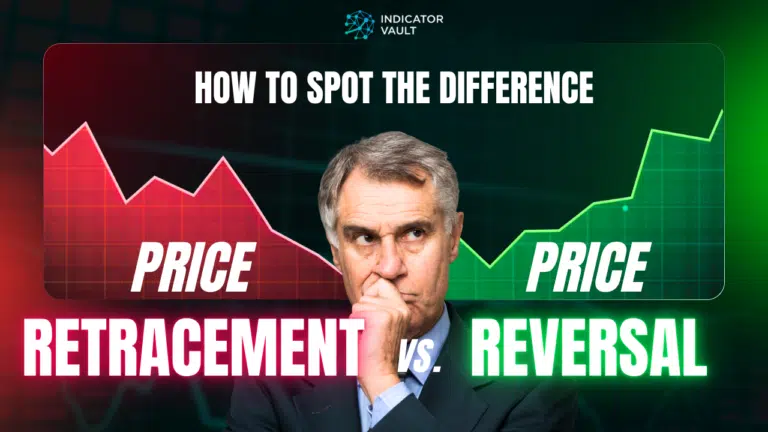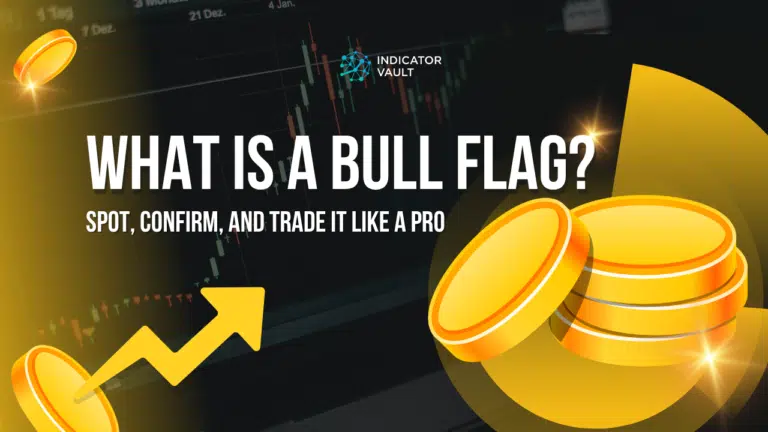Learn what swing trading is, how it works, its benefits and challenges, and how to build a winning trading strategy. Discover how the Swing Force indicator helps you catch high-probability trade setups, including both reversals and trend continuations.
Table of Contents
1. What is swing trading?
Swing trading is a popular trading style where traders aim to capture short-to medium-term moves in the market. Instead of holding positions for months like investors or scalping every minute like day traders, swing traders look for trade setups that last from a few days to a few weeks.
The main goal of this style of trading is simple: enter trades when momentum shifts, then ride the swing until the move slows down or reverses.
Now that you know what this trading style is, the next question is: Is it the right style for you? Let’s look at who benefits most from this approach.

2. Who is swing trading for?
Swing trading is ideal for traders who:
- Want more flexibility than day trading but don’t want to hold positions long-term.
- Prefer catching trend continuation setups or spotting reversals without staring at charts all day.
- Need a balanced trading style that works with a busy schedule.
If you want active trades without the stress of monitoring charts 24/7, this trading style could be the perfect match.
If you see yourself in this group, the next step is understanding exactly how this approach works, and how traders capture those price swings in practice.
3. How does swing trading work?
Swing traders rely on technical analysis, price action, and momentum tools to identify entry and exit points. The process usually involves:
- Spotting the trend. Is the market bullish, bearish, or sideways?
- Waiting for the pullback. Healthy trends always pause before continuing.
- Finding confirmation. Indicators and patterns confirm if it’s a trend continuation or a true reversal.
- Planning exits. Defining stop-loss and profit targets before entering the trade.
- Riding the swing. Staying in the trade until the move slows or reverses.
The hardest part? Knowing if you’re dealing with just a pullback (continuation) or a real reversal. That’s where many traders get trapped.
Of course, knowing the process is one thing. Actually applying it comes with both advantages and pitfalls. Let’s break down the challenges and benefits.
4. Challenges and benefits
4.1. Challenges:
- Waiting for clean trade setups requires patience.
- Overnight gaps and news can impact positions.
- False signals often mislead traders into bad entries.
4.2. Benefits:
- Less screen time compared to day trading.
- More opportunities than long-term investing.
- Strong risk-to-reward potential on well-timed trade setups
- Works across forex, stocks, crypto, and futures.
This style of trading can be powerful, but only if you can filter out false signals and tell whether a move is a continuation or reversal.
The good news? With the right plan, you can minimize risks and maximize rewards. Let’s look at how to build a strategy that works in real markets.
5. How to build a successful swing trading strategy
A strong strategy blends rules, discipline, and the right tools. Here’s how to start:
- Trade with the trend. Don’t fight the bigger move.
- Use multiple timeframes. Confirm setups across 1H, 4H, and daily charts
- Plan before entry. Combine price action with indicators for stronger confirmation.
- Stay consistent. Stick to proven setups instead of chasing the market.
But no matter how strong your plan is, traditional indicators often fail. They lag, they repaint, and they don’t clearly tell you whether the move is a reversal or a trend continuation.
And this is where most traders lose money. The missing piece isn’t just discipline, it’s having the right tool.
6. Catch reversals and trend continuation with Swing Force
That’s why we created the Swing Force indicator for Tradingview, designed specifically for swing traders who need clarity on both trend continuations and reversals.
With Swing Force, you can:
- Catch trend continuation trade setups with confidence
- Spot reversal setups before the crowd sees them
- Filter out false signals and avoid fake moves
- Trade across any market (stocks, forex, crypto, futures)
- Apply it to any timeframe, from 15 minutes to daily charts
- Get clear, non-repainting signals right on your charts
Instead of guessing whether a pullback is just noise or the start of a reversal, Swing Force does the heavy lifting. It highlights the setup, confirms the momentum, and helps you focus only on high-probability trades.
When you put it all together, this method becomes a clear, confident process, especially when powered by the right tools. Here’s the takeaway.
7. The bottom line:
This trading style offers traders the perfect balance: fewer trades than scalping, more opportunities than long-term investing. The challenge has always been separating false signals from reliable setups.
That’s where the Swing Force Indicator shines. It helps you:
- Identify high-probability reversals
- Trade trend continuations with clarity
- Simplify your swing trading strategy
If you’re serious about swing trading, it’s time to upgrade your charts with Swing Force.

